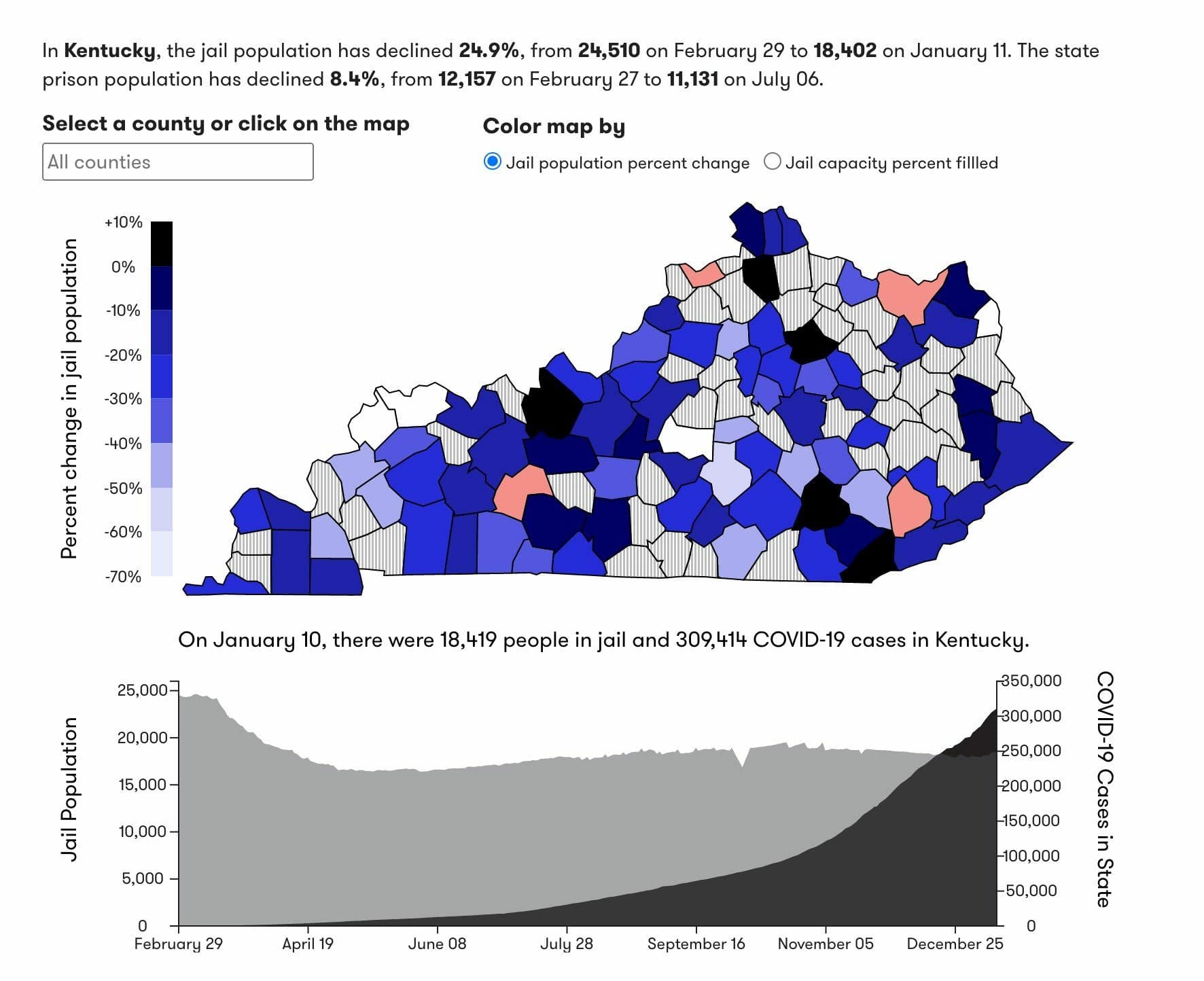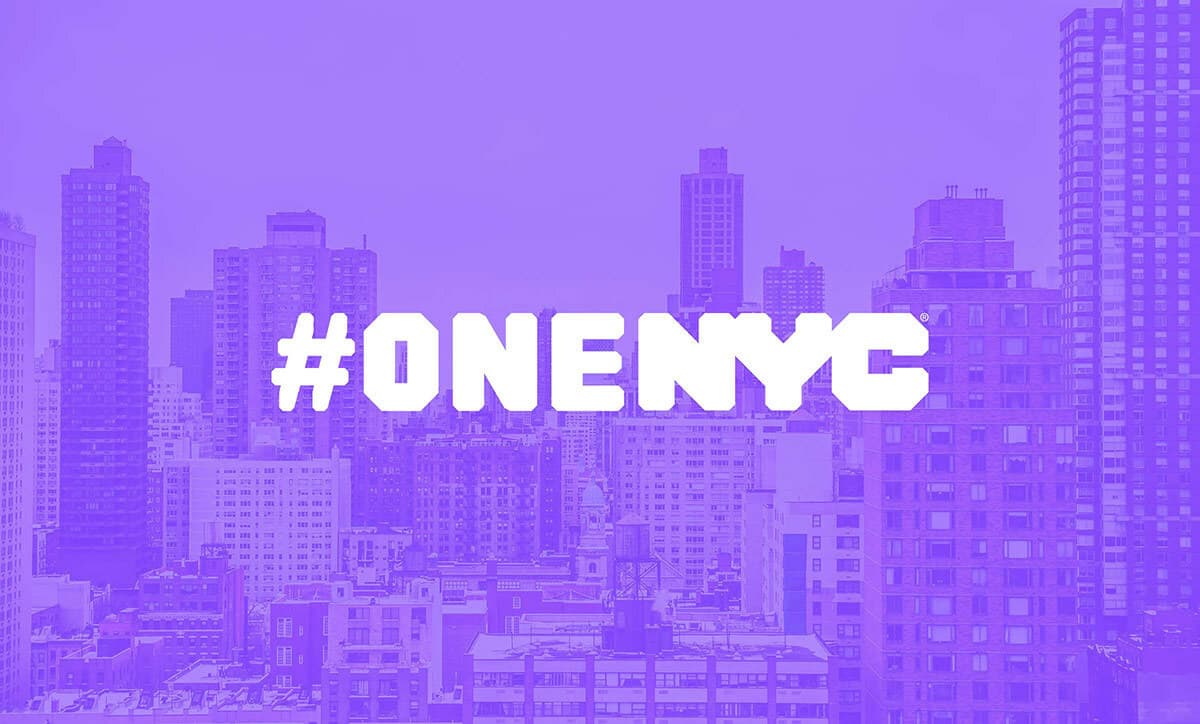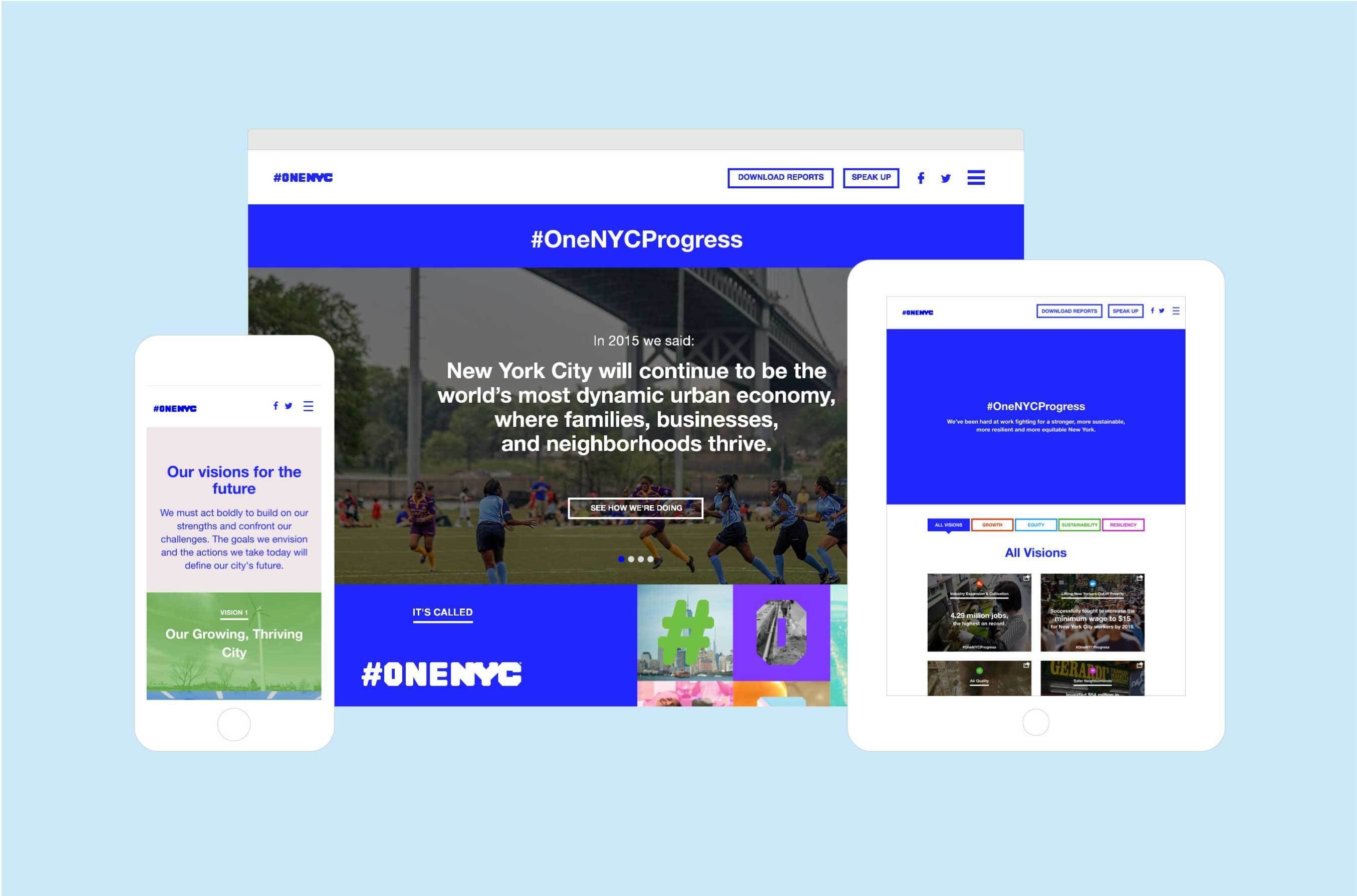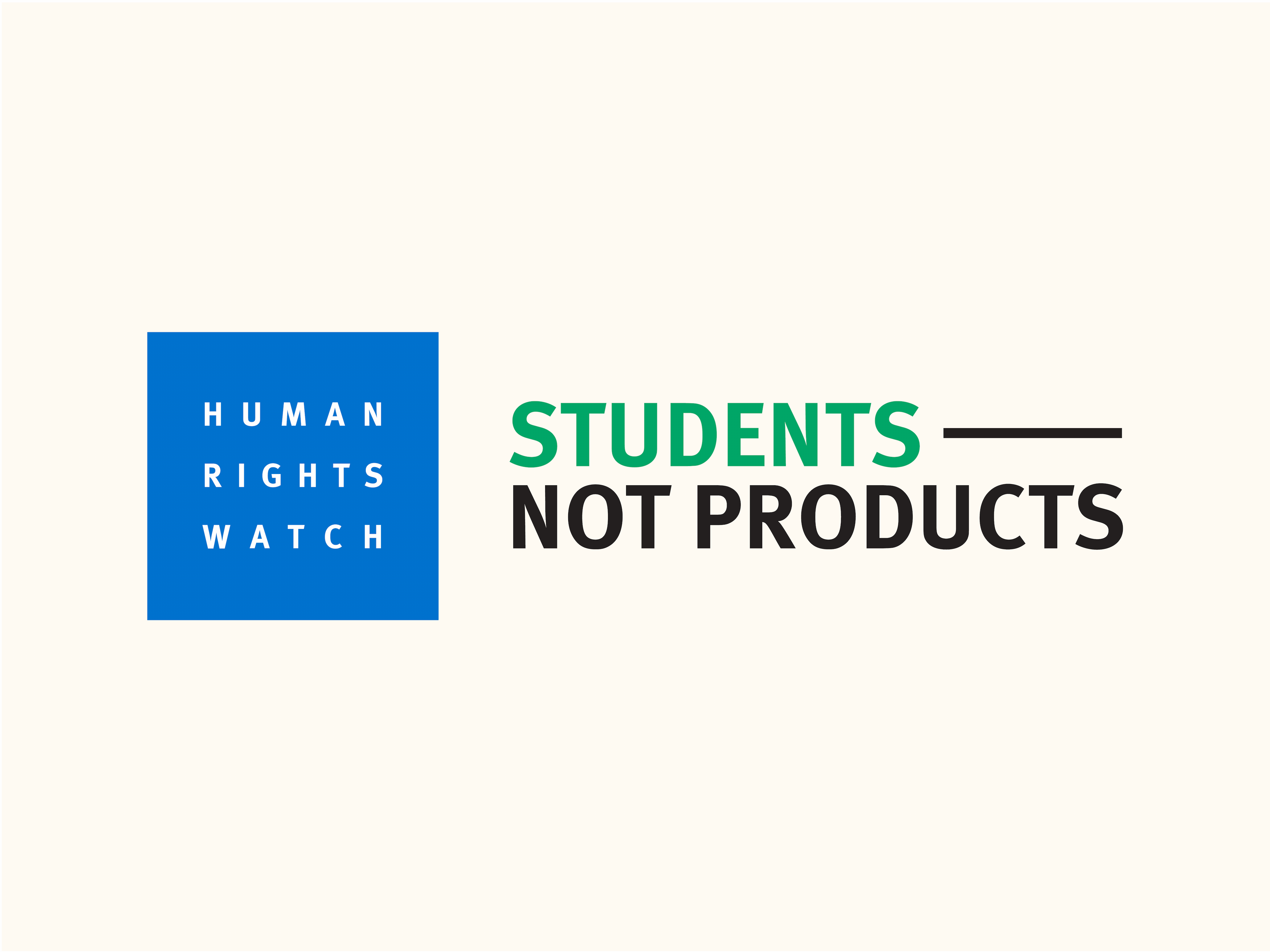The Future of Work and Cities
Three existential forces — rapid urbanization, technological upheaval of our labor force, and climate change — are on a collision course. What’s at stake for the future of work and cities?

Background
WeWork and the Aspen Institute’s Future of Work Initiative partnered together to explore the triple challenges of urbanization, technological revolution, and climate change. With the goal of understanding the issues through the lens of people that are experiencing them first-hand, they conducted the largest-ever survey of 30,000 workers and business decision makers in 50 cities around the world (30 cities in the U.S., 20 globally). The subsequent findings offer unprecedented insight into how city officials, business decision-makers, and thought leaders can shape the economy, their communities, and their policy proposals to positively influence the well-being of citizens across the world.
Each of the findings was supported by an interactive data visualization that allowed the user to dive deeper into the finding through the lens of the cities that mattered to them.
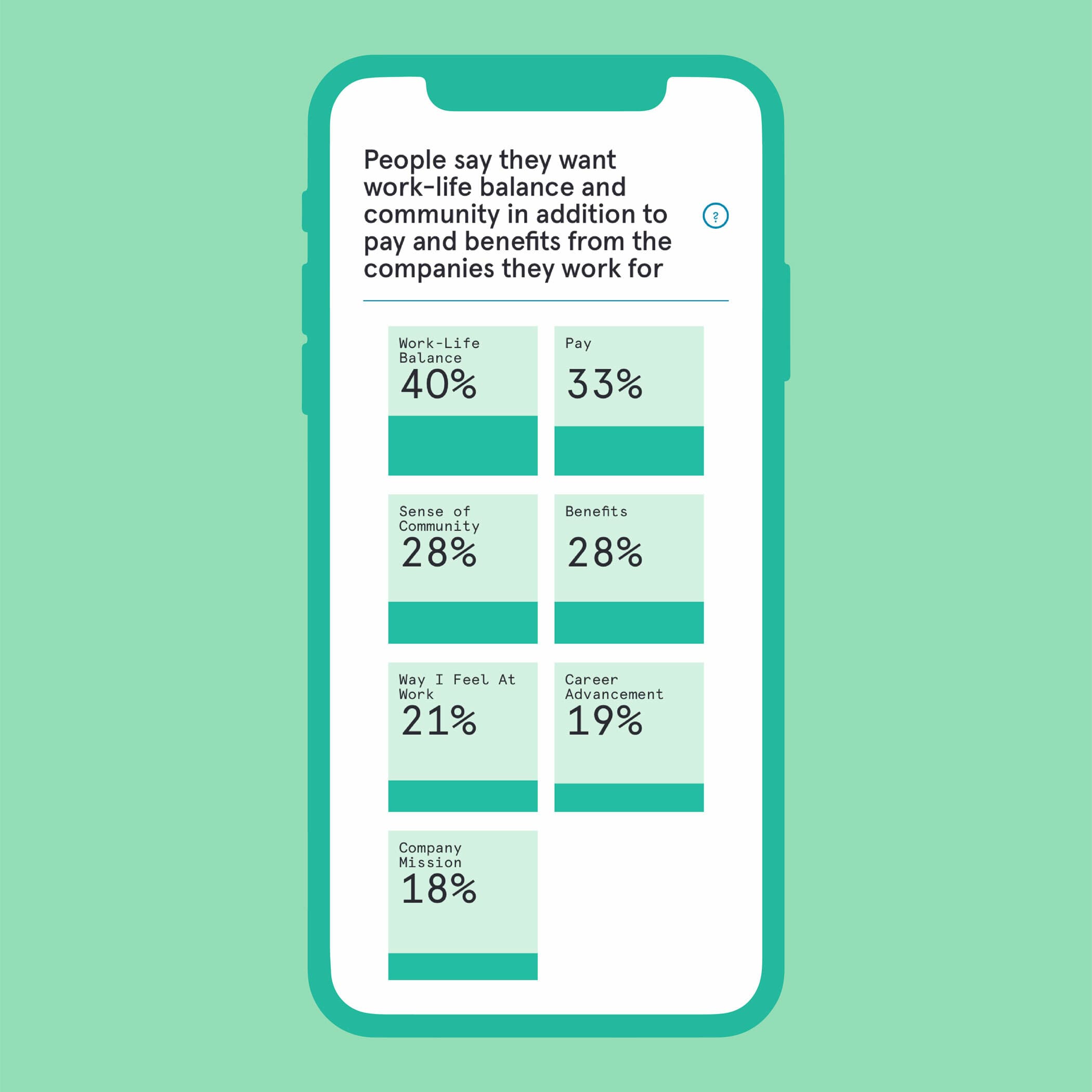
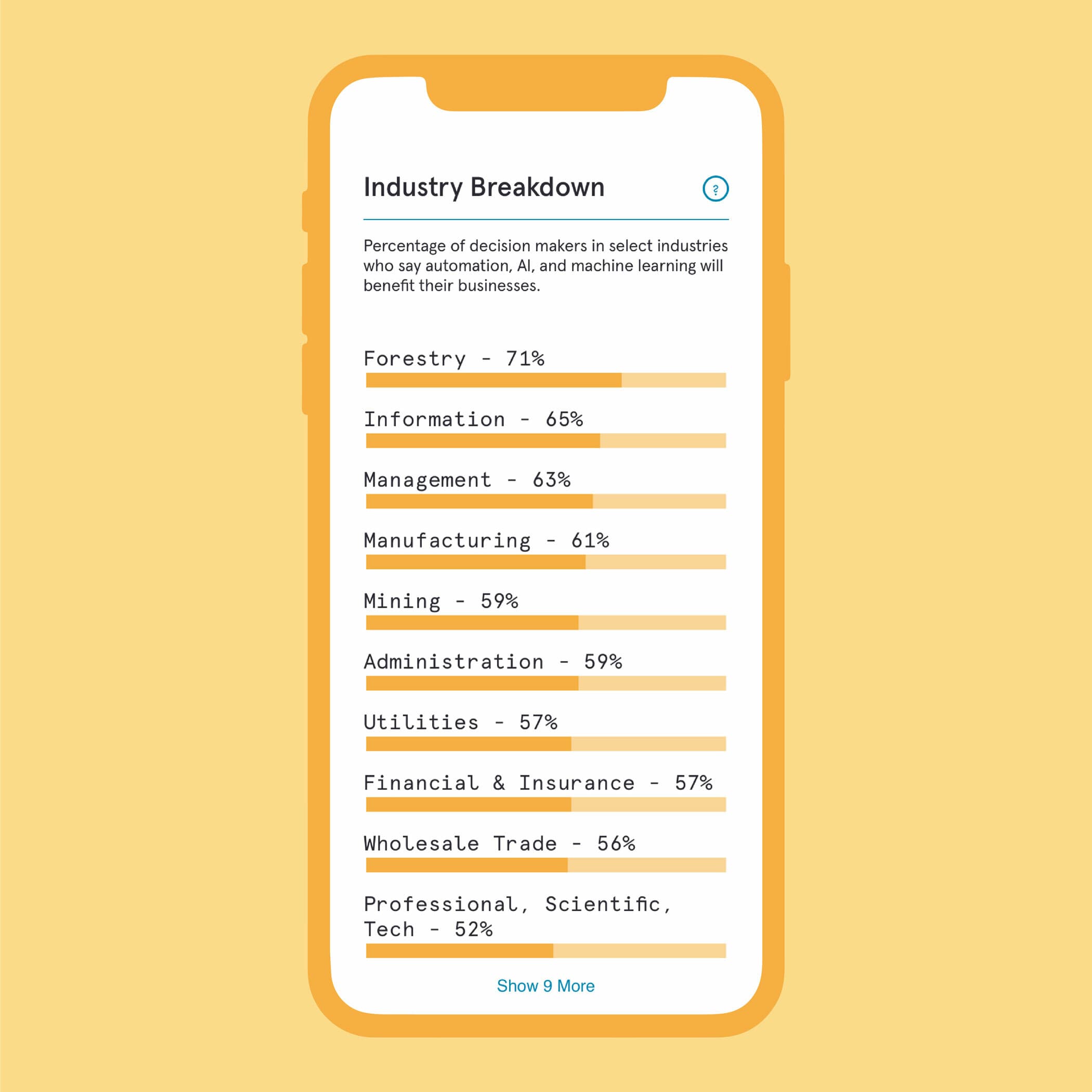
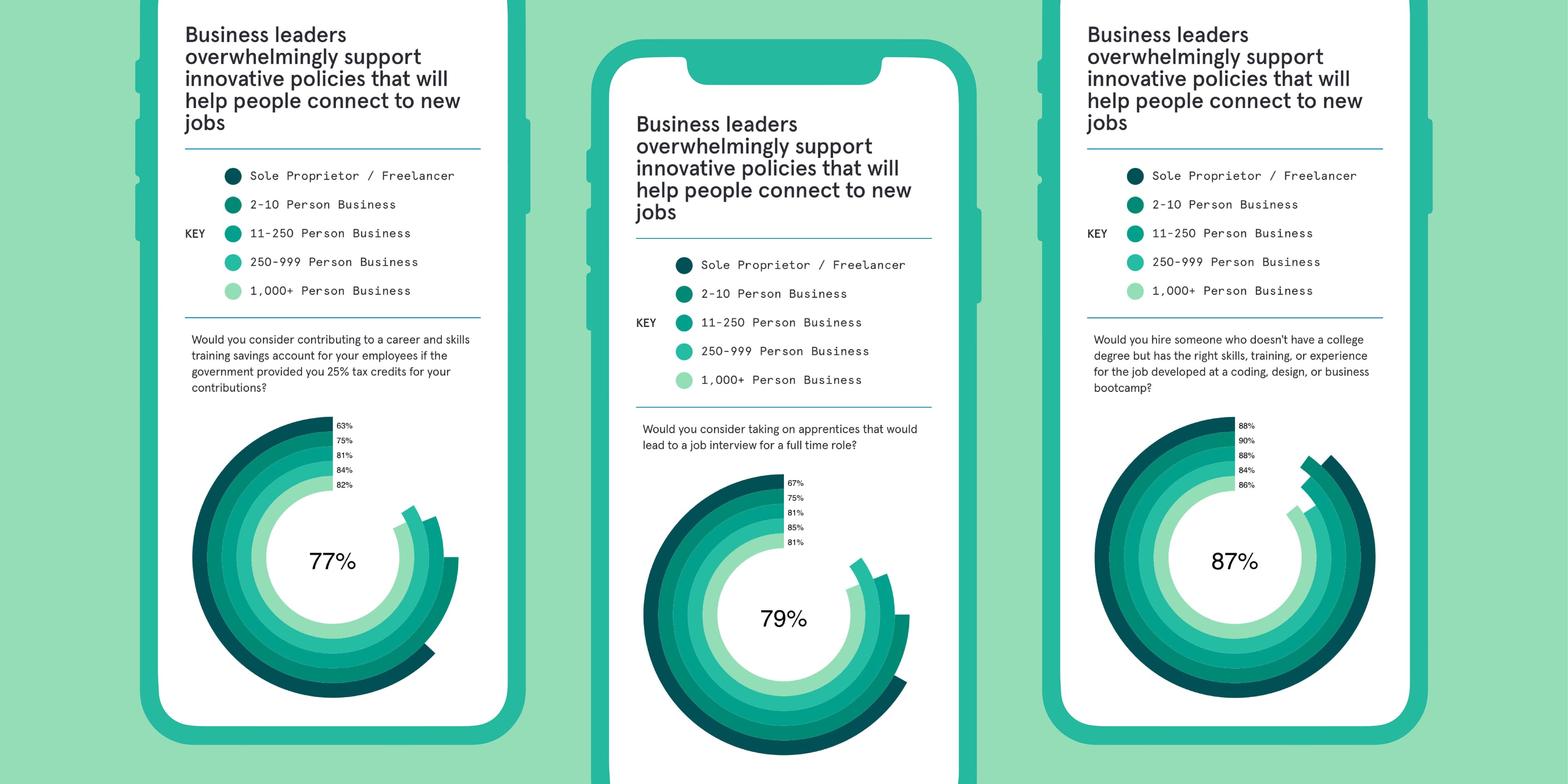
Robust data visualization
The central data visualization of the entire experience was the city index. This interactive matrix allowed users to browse how each of the 50 cities ranked nine dimensions of living and work.
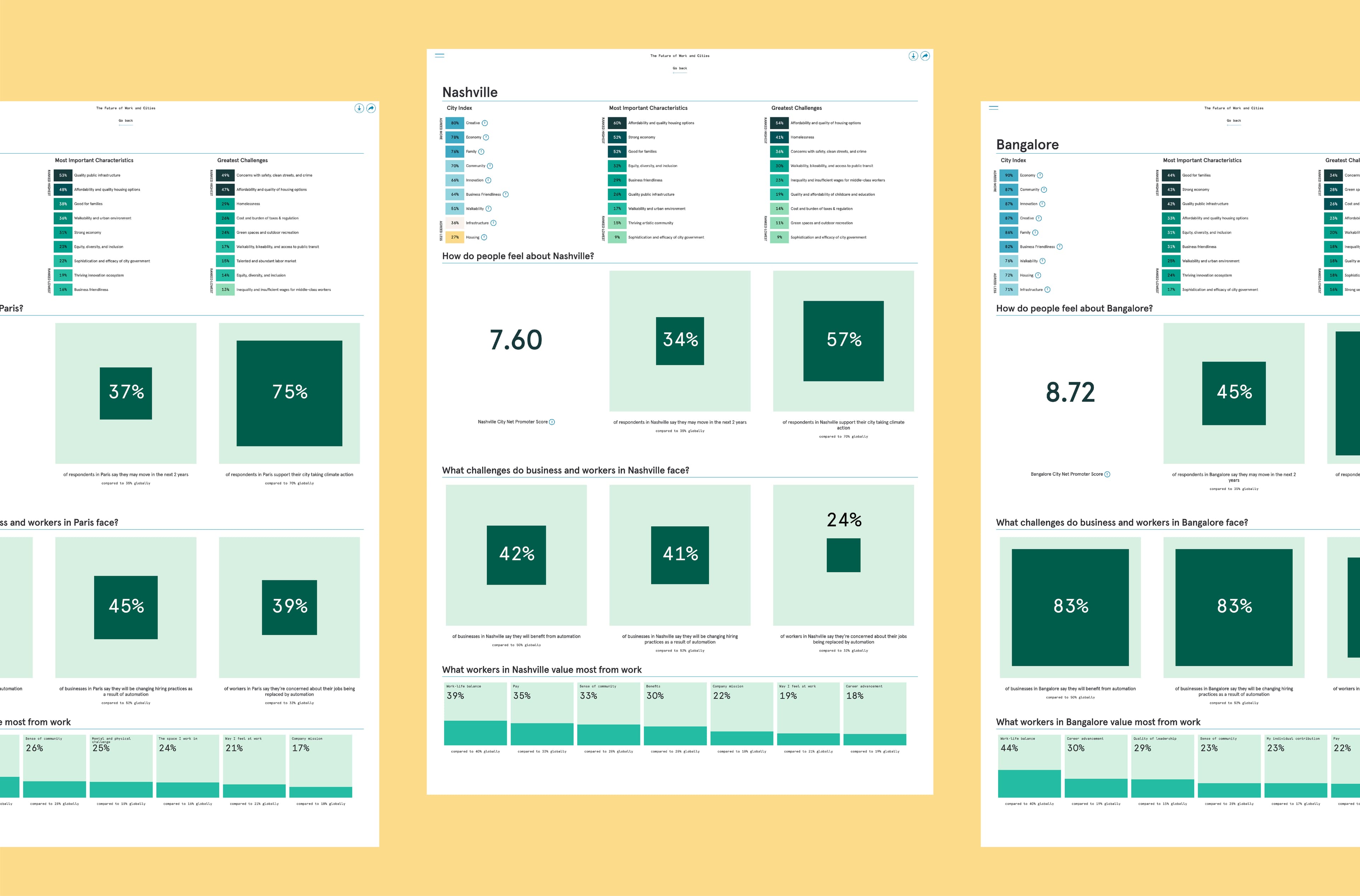
News & Recognition
Project Credits
- Deroy Peraza
- Sruthi Sadhujan
- Dylan Viola
- Sarah Hallacher
- Joelle Woodson

